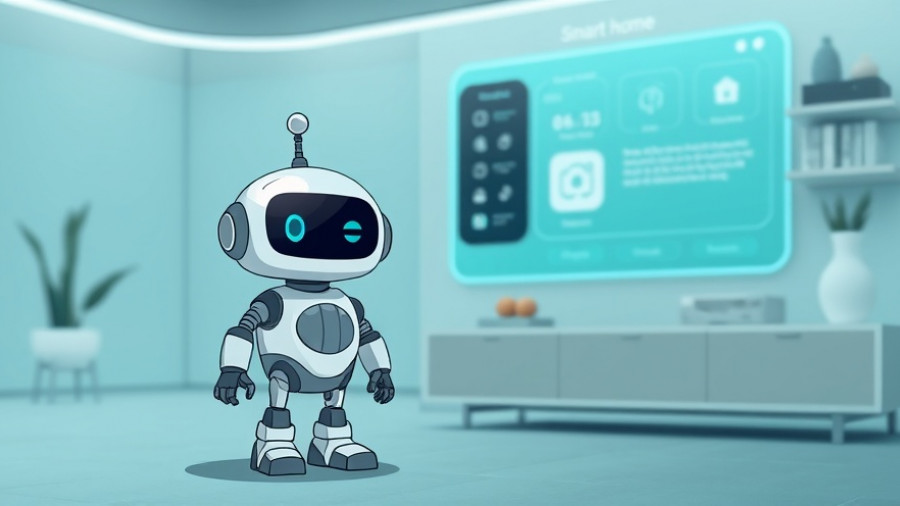
Qualcomm's Bold Move into Data Centers: What It Means for Homeowners
As the technology landscape evolves, Qualcomm is set to make a significant splash in the data center market, taking steps that might reshape computing for smart, connected homes. During their recent Q3 earnings call, CEO Cristiano Amon announced that Qualcomm is in advanced discussions with a major hyperscale customer to develop new silicon targeted at server infrastructure. This move might push Qualcomm beyond its longstanding association with mobile technology into a space increasingly vital to AI inferencing and cloud computing.
Unpacking Qualcomm's Ambitions
Qualcomm's push towards data centers comes at a time when cloud service providers are looking for efficiency as much as performance. Amon pointed out that metrics such as tokens per watt and tokens per dollar are becoming crucial as providers adapt to new AI workloads. This change could serve as a unique entry point for Qualcomm’s ARM-based processors, which have previously struggled to gain traction against established x86 alternatives.
The Competitive Landscape: Will Qualcomm Keep Up?
However, Qualcomm's timing might be problematic. With established players like Broadcom already making strides in custom AI infrastructure, Qualcomm’s attempt to break in could be met with skepticism. The expected revenue generation timeline projected for fiscal 2028 may see Qualcomm lagging behind competitors who have long invested in dedicated infrastructures.
Impact on Sustainable Living and Smart Homes
For homeowners in London, Qualcomm’s advancements in data centers signal something larger than just a tech upgrade; it echoes a commitment to facilitate smarter and more efficient connected homes. With AI's role expanding rapidly in home automation, Qualcomm’s push for general-purpose CPUs aimed at hyperscalers may provide the backbone needed for smart and connected homes. The potential development of full server racks to support AI operations could lead to innovations that enhance energy efficiency and functionality in daily living, aligning perfectly with the interests of eco-conscious homeowners.
Market Response: A Cautious Investor Outlook
Despite its ambitious announcements, investor response to Qualcomm’s plans has been tepid. Following the earnings call, Qualcomm shares dipped, reflecting doubt about the feasibility of its expansion. With a modest share of the premium Windows laptop market and competition from companies like Samsung in the mobile sector, Qualcomm may face challenges in asserting itself in this crowded space. The tech community has shown a combination of enthusiasm and skepticism regarding whether Qualcomm can successfully pivot its business model to include robust data center initiatives.
What’s Next for Qualcomm?
As Qualcomm steers towards its goal of becoming a significant player in the data center realm, questions regarding execution and competition loom heavy. The technology world is watching closely; how Qualcomm proceeds will not only affect its future but could impact homeowners and communities, especially those gearing up for smart, sustainable living. The key takeaway is that while Qualcomm’s journey into data centers is still unfolding, the implications for everyday technology integration in our homes is profound.
As a young homeowner, staying informed about these developments can enhance your understanding of how emerging technologies translate into everyday conveniences. How might advancements in data centers change your approach toward smart home investments?
 Add Row
Add Row  Add
Add 




Write A Comment